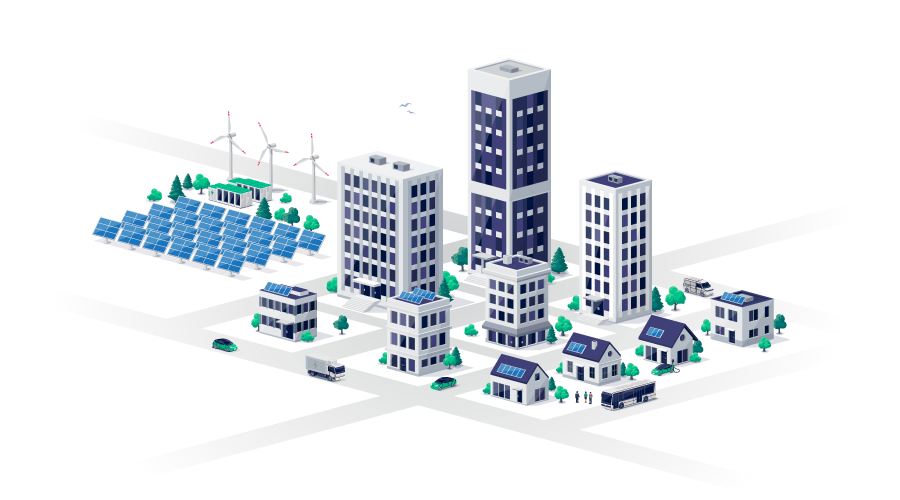Power-Metering Technology Advances Give Managers More Control
Maintenance and engineering managers who have attended energy-conservation seminars or had an energy audit performed on their facilities no doubt have heard the energy manager's maxims:
- If you don't collect it, you can't measure it.
- If you don't measure it, you can't manage it.
Managers have a number of ways to measure or represent energy use, including electrical power, so here is a suggested a third maxim: If you don't meter it, you can't do anything.
Focus On Technology
Power metering has become essential in institutional and commercial facilities, and virtually every electric consumer has some form of metering. At the very least, electric utility companies provide basic standard meters for individual metered accounts.
More often than not, a utility meter features solid-state technology, though some are older electromechanical meters that simply aggregate kilowatt hours (kWh) use. Depending on the local utility's rate structure for large commercial accounts, the meter might measure kWh based on time of use, demand kW, and power factor. With every metered account, the utility typically conveys this information to the user on a monthly billing cycle.
The question for a manager becomes, "Does your existing power metering provide you with the data you need to best manage your facilities' electrical use?" Utility power metering is informative, but it usually is limited. When it comes to managing and understanding electrical use, managers can do only so much with utility data.
Unfortunately for many facilities — particularly institutions on a campus or in a multi-building setting — there might only be one utility account meter, and that might very well be a standard meter. As a result, no electricity-use profiling data is available, and measuring and tracking electricity use for individual buildings and services is lost. Likewise, in a central-plant environment, the facility might meter the electricity at the point of service but not at the point of use, as would be the case with electric chillers.
Commercial buildings also might suffer from limited metering that fails to actively monitor electrical use and identify actual occupant and process electrical use. As a result, energy models and estimates become the only resource for approximating a building's electricity-use profile, and managers and technicians might miss opportunities to save energy.
Related Topics:













